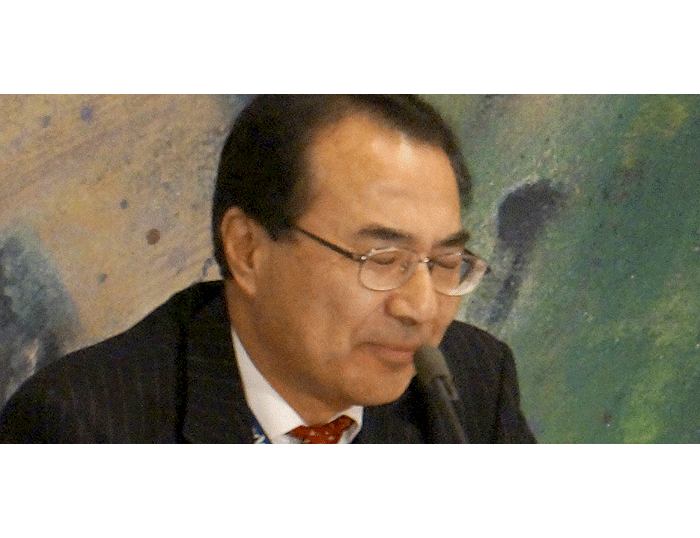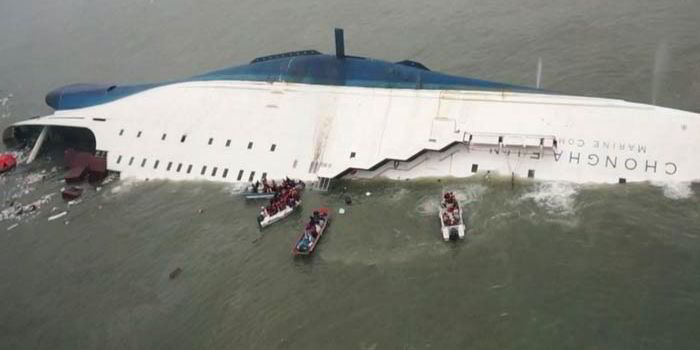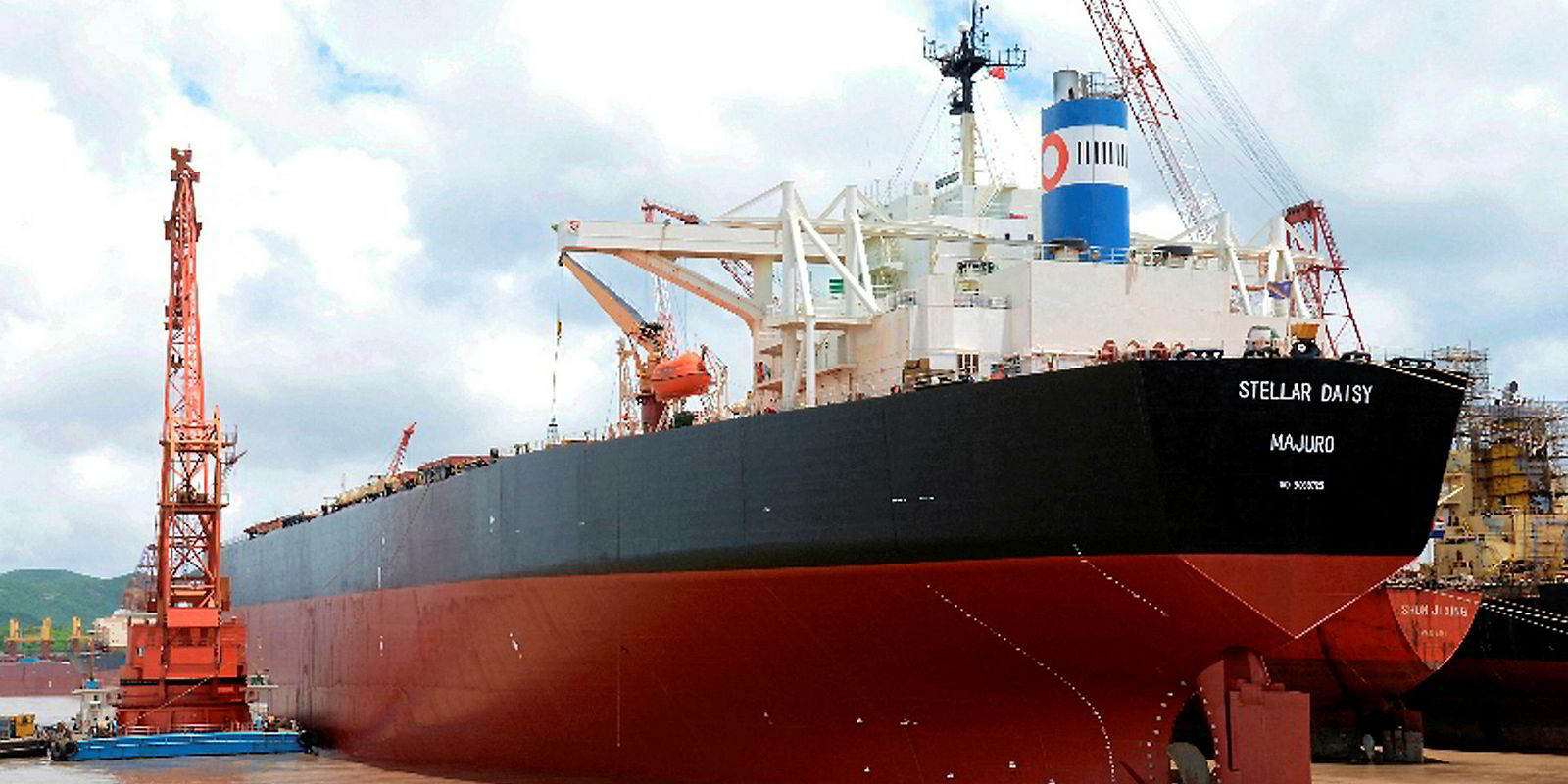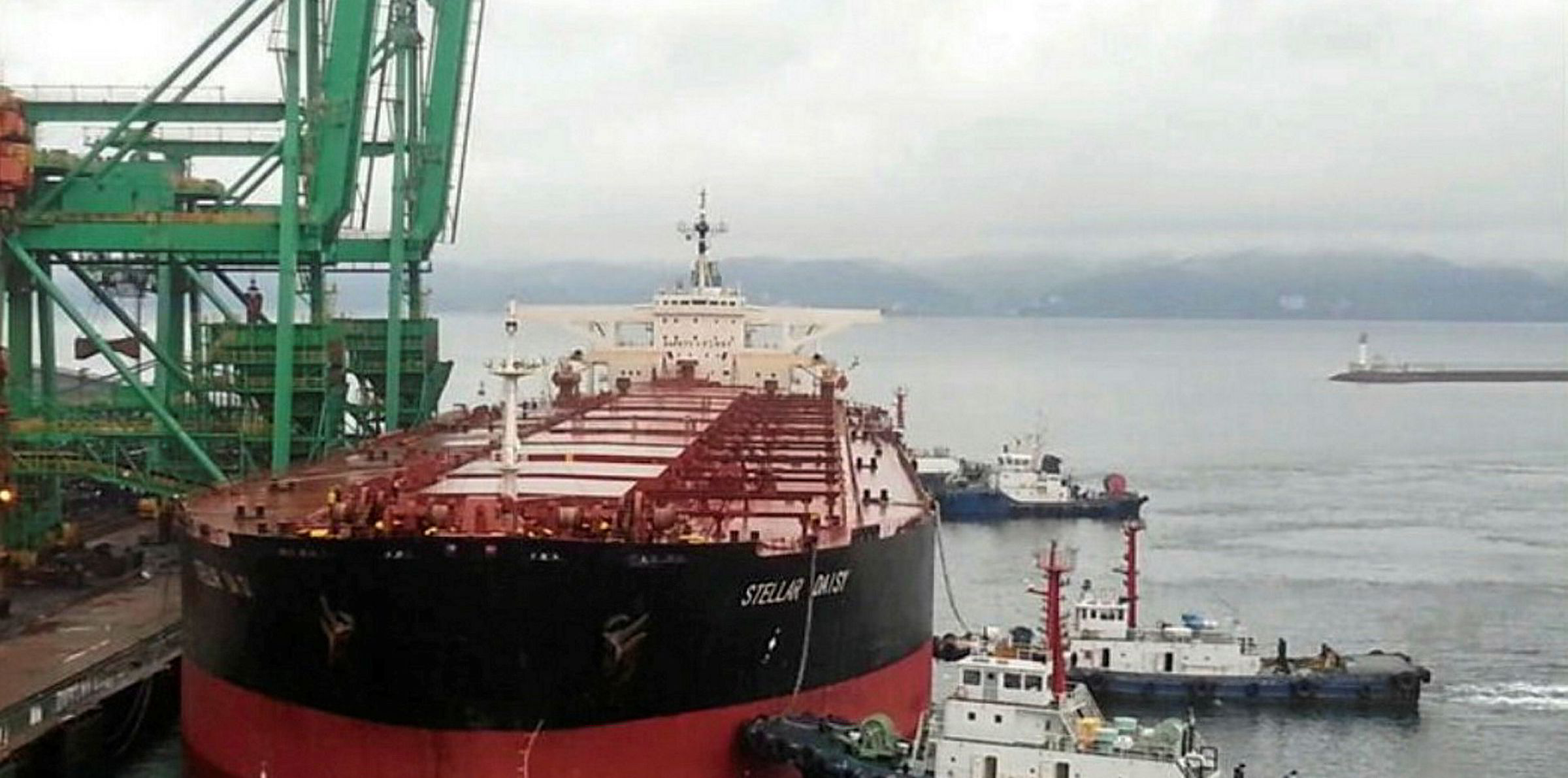Over the past 60 years, the Korean Register (KR) has developed into a mainstream international classification society.
Among the highlights was becoming a member of the elite International Association of Classification Societies in 1988.
But two major casualties that claimed 326 lives have cast a shadow over its development and put its safety record under the spotlight.
The catastrophic break-up of the converted 266,000-dwt bulker Stellar Daisy (built 1993) in 2017, with the loss of 22 crew, and the capsizing of the enlarged 6,800-ton ferry Sewol (built 1994) in 2014 have inevitably led to difficult questions for the company that provided safety certification to both vessels.
The Sewol disaster, which resulted in 304 deaths, led to the resignation of then KR chief executive Dr Chon Young-Kee.
For the first time, current chief executive Hyung-chul Lee has given his frank thoughts on the tragedies to TradeWinds. He believes KR was not at fault and he wants it to move on and continue to develop.
In the case of the Sewol, Lee cited the operator’s failure to carry out KR’s recommendations relating to stability, loading and ballasting of the vessel that followed its enlargement as a cause of the disaster.
The ferry had been made bigger to carry more passengers. An investigation found it was overloaded and navigational errors were made when it sank.
“The tragedy highlights the fact that KR is just one element within the complex web of entities that work hard to ensure a vessel remains safe at sea. If just one link in that chain fails — in this case it was the vessel operator — then a vessel’s safety quickly becomes compromised,” he said.
In the case of the Stellar Daisy, which had been converted from an oil tanker to a VLOC, a report by the ship’s flag state — the Marshall Islands — indicated fatigue cracking and corrosion was a major cause of its sinking while fully laden off the coast of Uruguay on a voyage from Brazil to China.
Surely it is the job of a classification society to spot such structural weakness? Lee agrees with the findings of the Marshall Islands report. But he does not accept that KR could have spotted the structural failings.
“[The] Stellar Daisy was surveyed seven months prior to the sinking by the [Brazilian] Directorate of Ports and Coasts and five months prior to the sinking by KR. Neither survey detected structural issues. Even if cracks had been present, they would have been undetectable or very minor and not large enough to allow significant flooding,” Lee said.
Ambition to grow

KR was an active participant in the safety investigations into both losses and it has revised its rules in the light of the findings.
The incidents certainly have not curbed its ambition to grow. After the register was established in 1960, its classed fleet grew to 5m gt by 1980 and 10m gt by 1987, mirroring the emergence of South Korea as a shipping and shipbuilding power.
Lee has now set a target of achieving a classed fleet of 100m gt, from its current 70m gt, and $175m in revenue by 2025. For that, he believes KR needs to look to the global market.
KR has spread its wings by recently adding outposts in Shanghai, Singapore and Athens to its global network of 66 offices.
Lee explained: “It is important that the client portfolio is regionally diversified as much as possible, so that any downturn in the local market will not have a grave effect on the organisation’s financial sustainability. A case in point for KR was the demise of Hanjin Shipping.”
But regional presence might not be enough to guarantee growth. Keeping pace with technological developments is equally important these days.
KR has kept up with the largest classification societies by developing condition-based maintenance, remote surveys, e-certification, big data platforms, and sensor-based efficiency and performance-based monitoring systems. 3D-design approval is also under development with shipyards.
More technology
“As the fourth industrial revolution becomes more and more embedded in the maritime industry, new technical advancements such as autonomous ships and digitalisation will become the key driving force behind new innovation and sustainable growth,” Lee said.
The developments helped KR to introduce remote surveys during the Covid-19 pandemic. Lee believes the trend towards remote operations will continue and is gearing up in terms of training and technological development to meet the demand.
“The classification business will certainly be less reliant on physical surveys and inspections, with a much heavier dependency on technology such as remote survey techniques, use of big data and increased digitalisation,” he said.
The other area of concern for classification societies is reducing shipping’s carbon emissions. KR is already testing carbon-neutral fuels on a small scale in preparation for using them in large oceangoing vessels.








